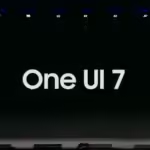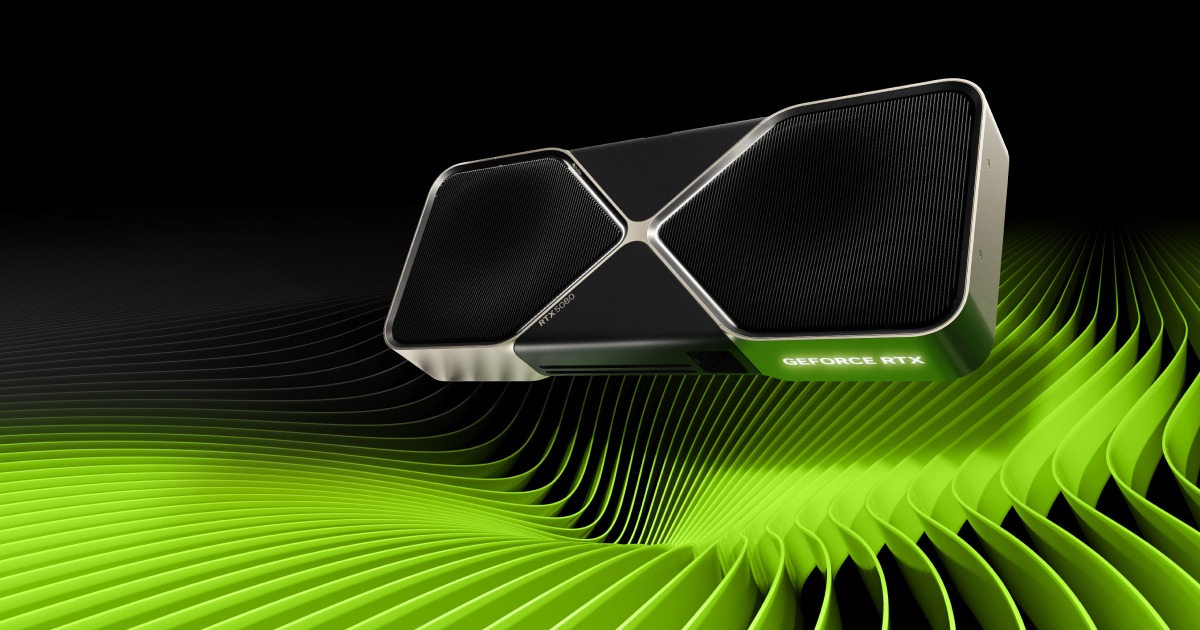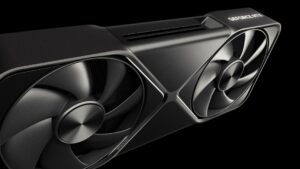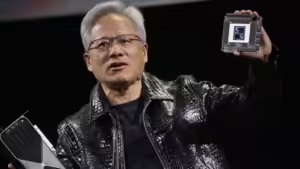
What Does Letters After CPUs Mean?
Understanding Intel Processor Model Numbers and Letters After CPU: A Simple Guide
Intel processors often come with model numbers followed by specific letters after CPU, such as K, H, U, and more. These letters aren’t just random; they offer key insights into the processor’s performance, purpose, and features. Knowing what these letters after CPU mean can help you choose the right processor, whether you’re building a gaming PC, working with resource-heavy applications, or just performing everyday tasks.
In this article, we’ll break down the common letters after CPU so you can easily understand their meaning and make an informed decision.
What Do Intel Processor Model Numbers and Letters After CPU Mean?
Let’s look at a common example:
Intel Core i7-12700K
Each part of this name, including the letters after CPU, tells you something important:
- Intel Core i7: This indicates the processor family and performance level. The “i7” means it’s a higher-performance CPU, but it’s not the top-tier model (like the i9). Lower numbers, like i5 and i3, represent less powerful but more affordable CPUs.
- 12700: This is the model number. The first two digits (“12”) indicate the generation (in this case, 12th generation). The remaining numbers tell you the position within that generation. Generally, higher numbers mean better performance.
- K: The letter after CPU here is “K,” which means the processor is unlocked for overclocking.
Common Intel Letters After CPU and What They Mean
Now, let’s explore the most common letters after CPU in Intel processors and what they signify.
1. K: Unlocked for Overclocking
What It Means:
When you see K as the letter after CPU, it means the processor is unlocked, allowing for overclocking. Overclocking means you can push the processor to run faster than its base speed, which can provide a significant performance boost in gaming and other resource-heavy tasks. However, overclocking can generate more heat and require a better cooling system.
Who Should Choose It:
- Gamers who want extra performance
- Power users who like to tweak hardware settings
Example:
Intel Core i7-12700K – This processor can be overclocked to get even more performance out of your system.
2. H: High Performance for Laptops
What It Means:
The H as the letter after CPU stands for High Performance. You’ll typically find these processors in gaming laptops and workstations that need extra power for heavy tasks like gaming, video editing, and 3D rendering. While they offer great performance, these CPUs use more power, which can reduce battery life.
Who Should Choose It:
- Gamers who need a powerful laptop
- Content creators who work with resource-intensive applications
Example:
Intel Core i7-11800H – A high-performance CPU often used in powerful gaming laptops and workstations.
3. U: Ultra-Low Power
What It Means:
When you see U as the letter after CPU, it stands for Ultra-Low Power. These processors are designed for long battery life and energy efficiency. They’re perfect for ultrabooks and thin laptops that don’t need extreme performance but prioritize portability and battery life.
Who Should Choose It:
- Users who need long battery life for everyday tasks
- Those who want a lightweight laptop for simple applications like web browsing and office work
Example:
Intel Core i5-1135G7U – A power-efficient processor ideal for ultrabooks, balancing decent performance with long battery life.
4. F: Requires a Separate Graphics Card
What It Means:
If you see F as the letter after CPU, it means the processor does not have integrated graphics. You will need to pair it with a separate graphics card to display anything on your monitor. This type of processor is commonly used in gaming desktops or powerful workstations that require a dedicated GPU for optimal performance.
Who Should Choose It:
- Gamers or power users who already plan to install a dedicated GPU
- Users who want the best performance without needing integrated graphics
Example:
Intel Core i5-12400F – A processor that requires a separate graphics card for display purposes, ideal for systems with dedicated GPUs.
5. T: Power-Efficient for Desktops
What It Means:
The T as the letter after CPU stands for Power Efficient. These processors are often used in compact desktop systems where energy efficiency is key. While these CPUs offer lower performance compared to their non-T counterparts, they are ideal for users who need a smaller form factor with reduced power consumption.
Who Should Choose It:
- People building small or energy-efficient desktop systems
- Users who prioritize low power consumption over high performance
Example:
Intel Core i5-10400T – A power-efficient processor designed for compact desktops.
6. G: Integrated Graphics
What It Means:
The G as the letter after CPU indicates that the processor has integrated graphics. This is useful if you don’t want to buy a separate graphics card. Some “G” processors even come with enhanced integrated graphics, which can handle light gaming or content creation tasks.
Who Should Choose It:
- Users who don’t need a separate graphics card
- People who want to save money by using integrated graphics for everyday tasks
Example:
Intel Core i7-1165G7 – A processor with integrated graphics, perfect for laptops that don’t require a separate GPU.
Why Do These Letters After CPU Matter?
The letters after CPU in an Intel processor model help you understand what the processor is good at and who it’s designed for. Depending on your needs—whether it’s gaming, power efficiency, or portability—knowing what these letters mean can guide you toward the best choice.
Here’s a quick summary of the most common letters after CPU and who they’re best suited for:
- K: For gamers and power users who want to overclock
- H: For high-performance laptops, often used by gamers and creators
- U: For those who need ultra-low power consumption and longer battery life
- F: For users who will use a separate GPU
- T: For energy-efficient desktops
- G: For those relying on integrated graphics
Conclusion: Choosing the Right Processor Based on the Letters After CPU
Choosing the right Intel processor may seem complicated, but the letters after CPU make it easier to understand their capabilities. Whether you’re looking for a high-performance gaming CPU or an efficient option for daily tasks, the letters after CPU give you quick insight into which processor fits your needs.
Understanding these letters can make your decision process simpler and ensure you get the best processor for your specific use case. Now that you know what the letters after CPU mean, you’re ready to make an informed choice!
























Post Comment